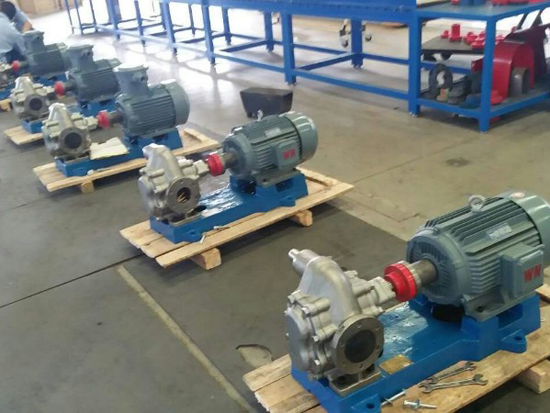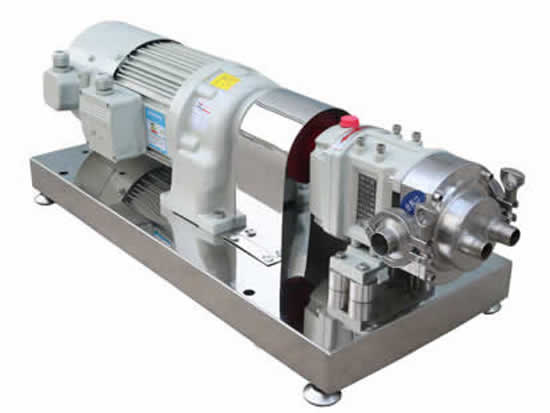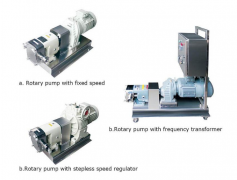1. The gears of the stainless steel gear oil pump are not nitrided or tempered, and sometimes the material is 304 or 316. The material has strong corrosion resistance but relatively soft hardness. It is easy to get stuck and stop after testing with water. Do not use water. test.
2. During the transfer process of the stainless steel oil gear pump, all contact parts are not cleaned of burrs, resulting in hard burrs affecting the operation. The stainless steel gear oil pump should be more clean during assembly.
3. The stainless steel gear oil pump is prone to jamming in the new working condition. Because the new working condition and the new pipeline, there will inevitably be welding slag in the pipeline, which will cause impurities to enter the pump cavity. The stainless steel gear oil pump will stop due to the stuck impurities.
4. Stainless steel gear oil pumps are also divided into internal gearing and external gearing gear pumps. When selecting models, pay attention to the viscosity of the conveying medium. The viscosity, lubricity, material characteristics, etc. are used to define whether to use external gearing or internal gearing. Pumps, different types of gear pumps have different viscosities. When external gear pumps deliver high-viscosity materials, the gears will not rotate because they are too viscous.
Stainless steel gear oil pumps have a wide range of applications, such as waste oil reuse projects, polyether projects, silicone oil 107 glue production lines, and corrosive projects in petroleum and petrochemical industries. Stainless steel gear oil pumps can be used. In foods such as peanut oil and vegetable oil, the viscosity is 1500 The materials in Rees can be used with external mesh stainless steel gear oil pumps, such as alcohols, polyethers, paints, molasses, honey, silicone oil, glues, asphalt, spandex stock solutions and other highly viscous materials. It is recommended that you choose NYP internal mesh stainless steel gear oil pumps.




